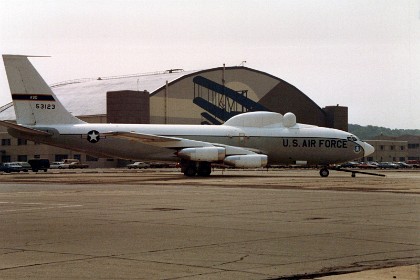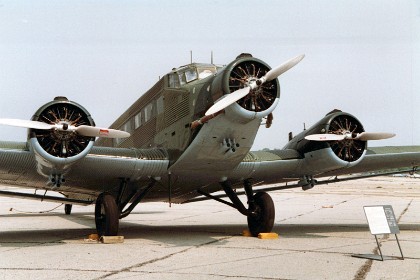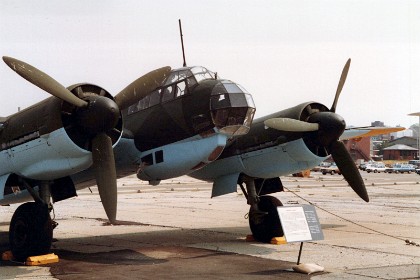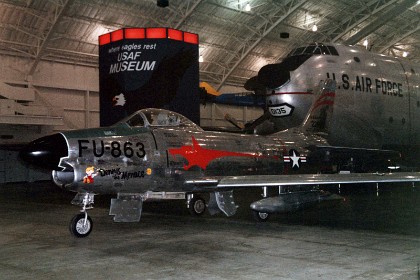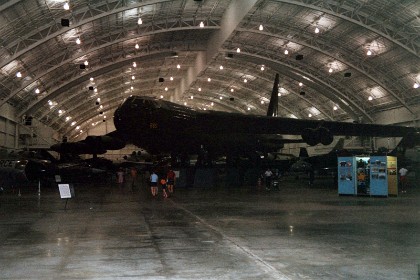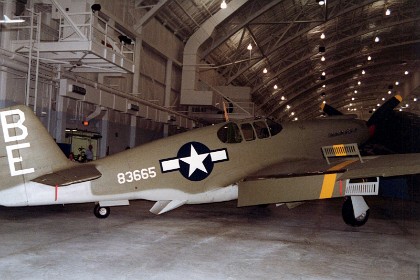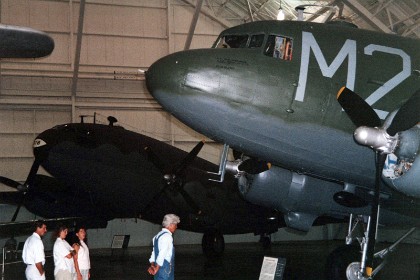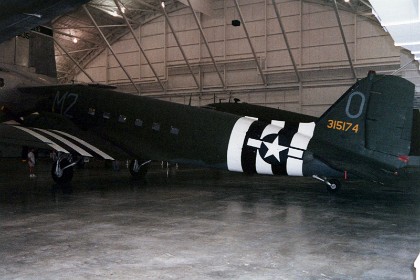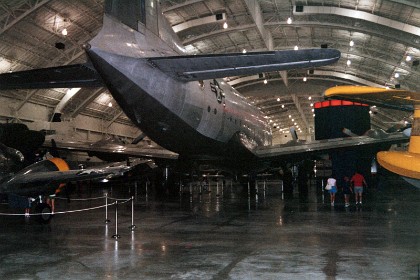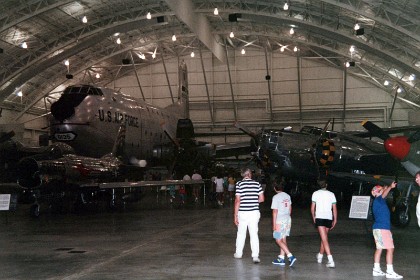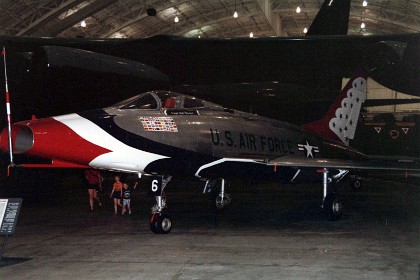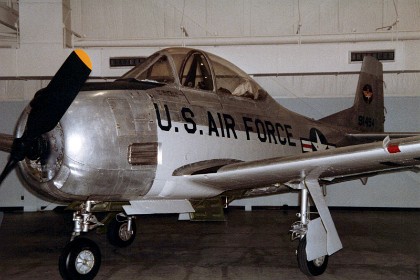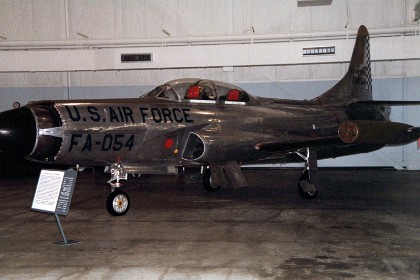North American F-86D Sabre. An intelligence warning in 1948 prompted the U.S. Air Force to hurriedly develop an all-weather interceptor. Starting with the basic airframe of its F-86A, North American incorporated two unprecedented concepts into the F-86D (initially designated the F-95). First, a highly sophisticated electronic system replaced the second crewmember carried by other interceptors of the time. Second, the F-86D became the first production single-seat fighter to which air-to-air missiles replaced the classic gun armament. With its air intake reshaped to make room for the enclosed radar, the F-86D presented a distinctive profile.
